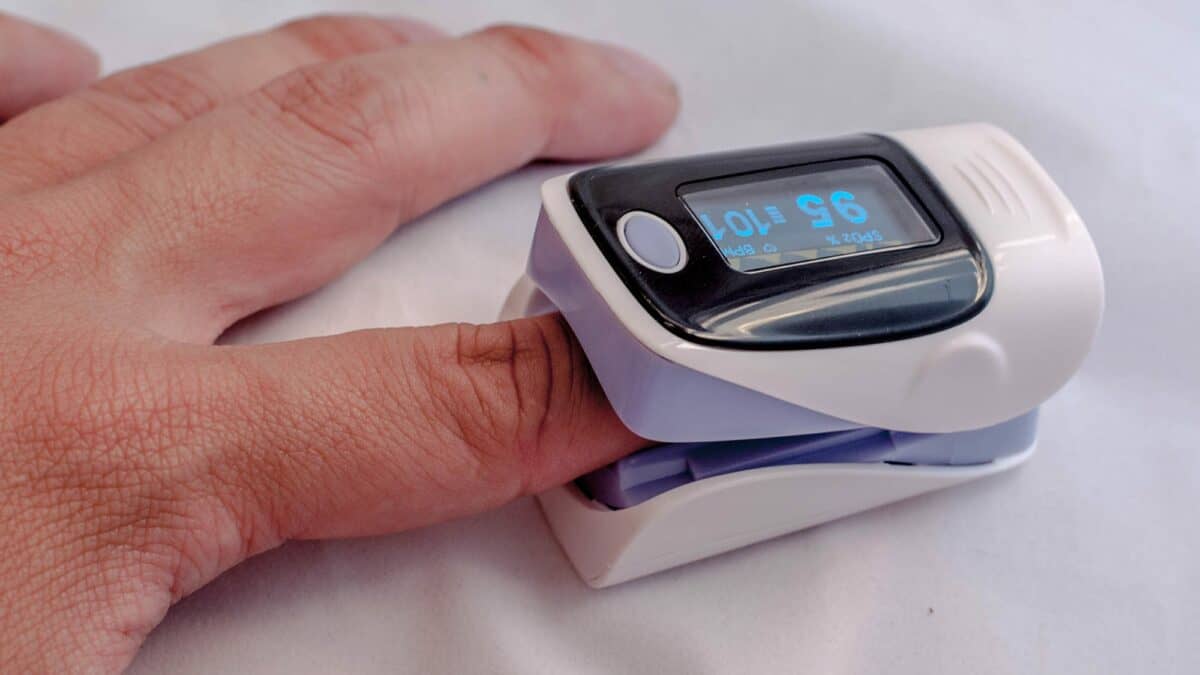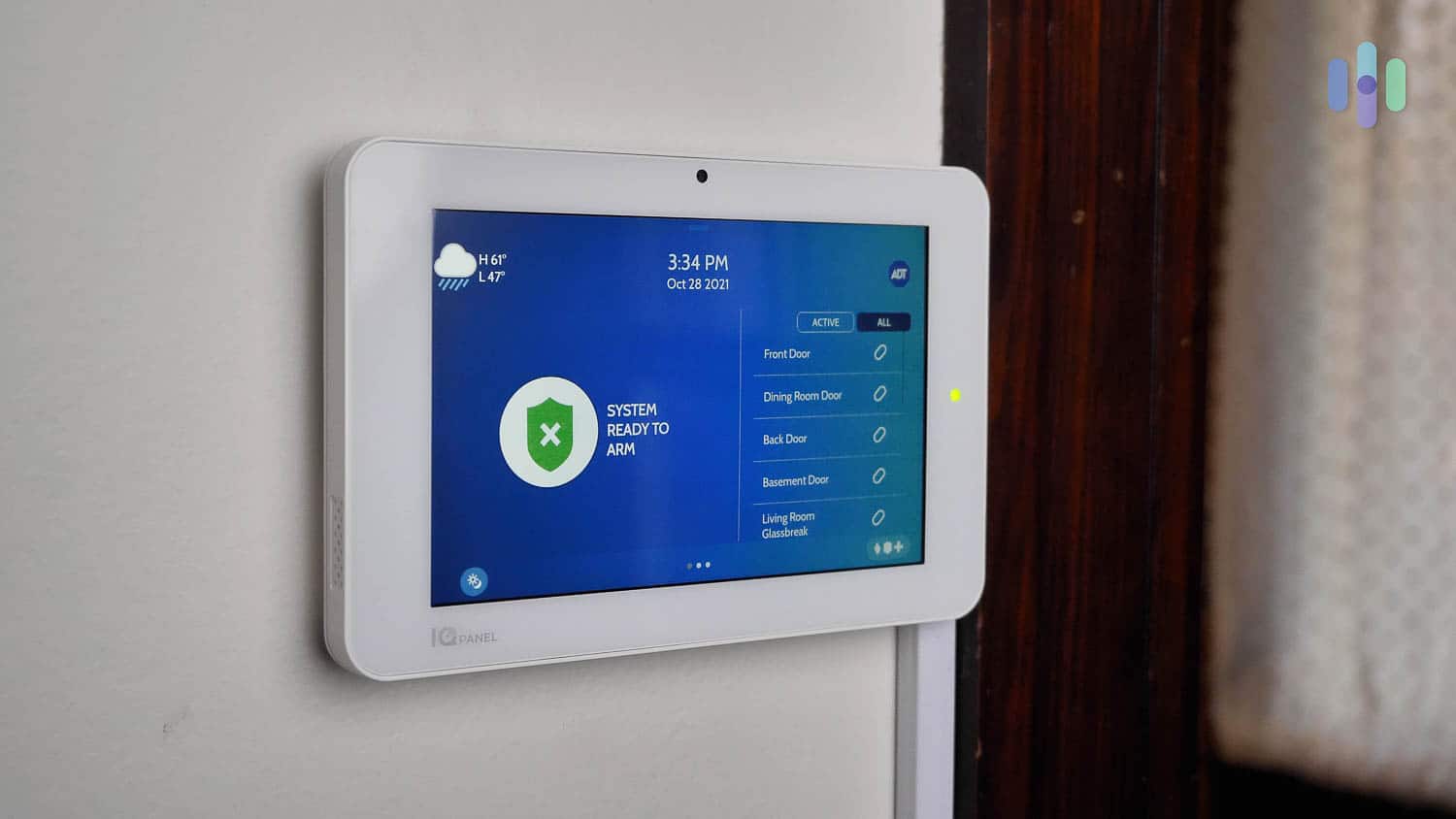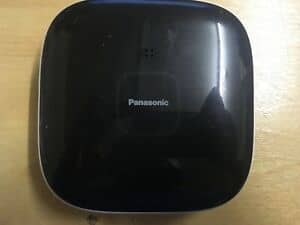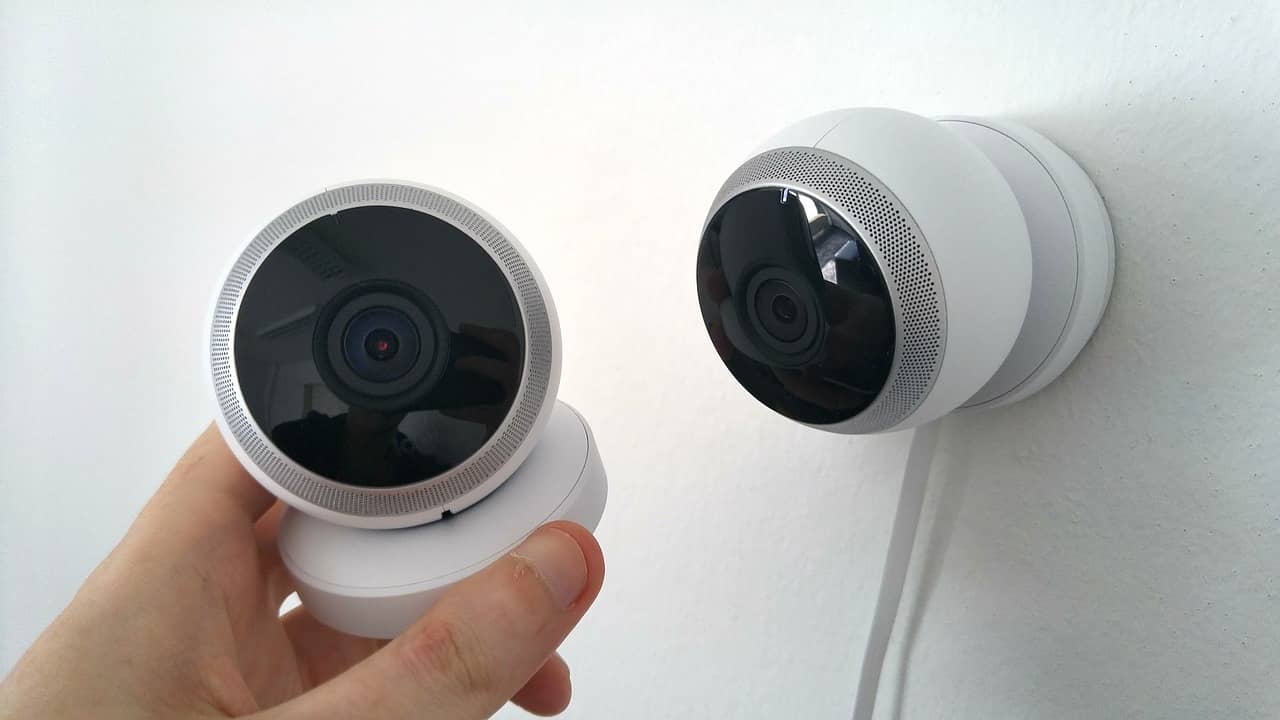Living through a global pandemic has changed the way we think about our health and how to take care of ourselves.
A quick and easy way to track subtle changes in your body is with a pulse oximeter, but what if you can’t get into a doctor’s office?
Pulse oximeters that continuously monitor vital statistics with alarms offer a smart solution for checking up on your well-being right from the safety of your own home. In this blog, we will discuss the benefits of using continuous monitoring with an alarm set to better protect your health at home.
The COVID-19 pandemic has raised significant concerns about our health and well-being, and it has become more important than ever to take care of ourselves and our loved ones. While we all know that taking precautions such as wearing masks, washing hands regularly, and social distancing can help protect us from the virus, monitoring our health has also become essential.
One of the best ways to monitor our health is through the use of a pulse oximeter. The oxygen saturation in our blood is measured by a pulse oximeter, a non-invasive device. It is an essential tool used by healthcare professionals to monitor patients with respiratory problems, including those with COVID-19. However, it is also becoming increasingly popular for home use.
What is a Pulse Oximeter?
An inexpensive, non-invasive medical instrument called a pulse oximeter is used to gauge your blood’s oxygen saturation levels. The instrument, which is usually attached to your finger or earlobe, measures the amount of oxygen in your blood by shining a light through your skin. The device then calculates the oxygen saturation level based on the colour of the light that is reflected back.
The oxygen saturation level is expressed as a percentage, and a healthy reading typically falls between 95% and 100%. In hospitals and clinics, pulse oximeters are frequently used to keep track of people with respiratory conditions like asthma or COPD. They are, however, also being used at homes more frequently.
Pulse oximeters are an important tool for monitoring your health, especially if you have respiratory problems or if you have tested positive for COVID-19. By measuring your oxygen saturation levels, you can quickly identify any changes that may suggest a respiratory problem and seek medical attention if necessary. They are a useful addition to your home medical kit because they are also simple to use, reasonably priced, and capable of providing insightful information about your health.
Why is Continuous Monitoring Important?
Continuous monitoring of health is essential for individuals who want to stay on top of their health and catch any health issues early. This is especially important for individuals with respiratory illnesses such as asthma, COPD, and COVID-19. These individuals may experience drops in oxygen levels, which can lead to further health complications if left untreated. Continuous monitoring allows for early detection of any drops in oxygen levels, which can be an indication of an underlying health problem. By catching these issues early, individuals can take action before the problem becomes more severe.
For patients who are recovering from an operation or those who have just left the hospital, continuous monitoring is also crucial. These individuals may be at a higher risk of developing respiratory issues, and continuous monitoring allows for early detection of any drops in oxygen levels. This can help prevent readmissions to the hospital and ensure a smoother recovery.
For individuals who may be at a higher risk of developing respiratory illnesses, continuous monitoring provides peace of mind. For instance, people who are overweight or have smoked in the past may be more prone to lung problems. These people can monitor their oxygen levels continuously and respond appropriately if required. This can lessen worry and enhance general well-being.
Using a Pulse Oximeter for Continuous Monitoring
Using a pulse oximeter for continuous monitoring is simple and easy. The device is placed on a finger or toe, and a reading is taken within seconds. The device can be worn constantly, and some even have alarms that sound when oxygen levels fall below a predetermined amount. This enables individuals to easily check their oxygen levels without having to see a healthcare professional.
It’s critical to comprehend the meaning of the readings when using a pulse oximeter for constant monitoring. Oxygen saturation levels should be between 95% and 100%. If the reading drops below 90%, it is considered low, and medical attention should be sought immediately. It is also important to note that certain factors can affect the accuracy of the reading, such as nail polish or cold fingers. It is recommended to remove nail polish and warm up the hands before taking a reading.
Pulse oximeters are a useful tool for individuals with respiratory illnesses or those recovering from surgery. They can help individuals track their progress and ensure that oxygen levels remain within a healthy range.
Overall, using a pulse oximeter for continuous monitoring is a cost-effective and convenient way to keep track of oxygen levels at home. It allows for early detection of any drops in oxygen levels, which can be an indication of an underlying health problem. By using a pulse oximeter, individuals can take control of their health and ensure that they are taking the necessary steps to stay healthy.
Advantages of Using a Pulse Oximeter for Continuous Monitoring
- Early detection of respiratory issues: A pulse oximeter can detect drops in oxygen levels before symptoms such as shortness of breath or chest pain occur. This can allow for early intervention and prevent the development of more severe respiratory issues.
- Peace of mind: For individuals with respiratory illnesses or those at a higher risk of developing them, continuous monitoring can provide peace of mind. Knowing that oxygen levels are within a healthy range can alleviate anxiety and improve overall well-being.
- Cost-effective: Continuous monitoring with a pulse oximeter is a cost-effective way to track oxygen levels at home. It eliminates the need for frequent visits to healthcare professionals, which can be expensive and time-consuming.
- Easy to use: The use of pulse oximeters is straightforward and intuitive. They are wearable continuously, and some versions even have alarms that sound when oxygen levels fall below a predetermined level. This enables individuals to easily check their oxygen levels without having to see a healthcare professional.
- Prevention of hospital readmissions: For individuals who are recovering from surgery or have recently been discharged from the hospital, continuous monitoring can prevent readmissions by detecting drops in oxygen levels early. This can help ensure a smoother recovery and prevent complications.
Conclusion
In conclusion, using a pulse oximeter to continuously measure oxygen levels is a crucial tool for people to control their health at home. It enables early discovery of oxygen level drops, which may be a sign of underlying health problems. For those who have respiratory illnesses or are more likely to get them, this is particularly crucial. Continuous monitoring can provide peace of mind, prevent hospital readmissions, and is a cost-effective and easy-to-use tool. By incorporating pulse oximetry into their daily routine, individuals can stay on top of their health and take action before health problems become more severe. It is important to remember that while pulse oximeters are a useful tool, they should not replace regular visits to healthcare professionals for comprehensive care and treatment.





